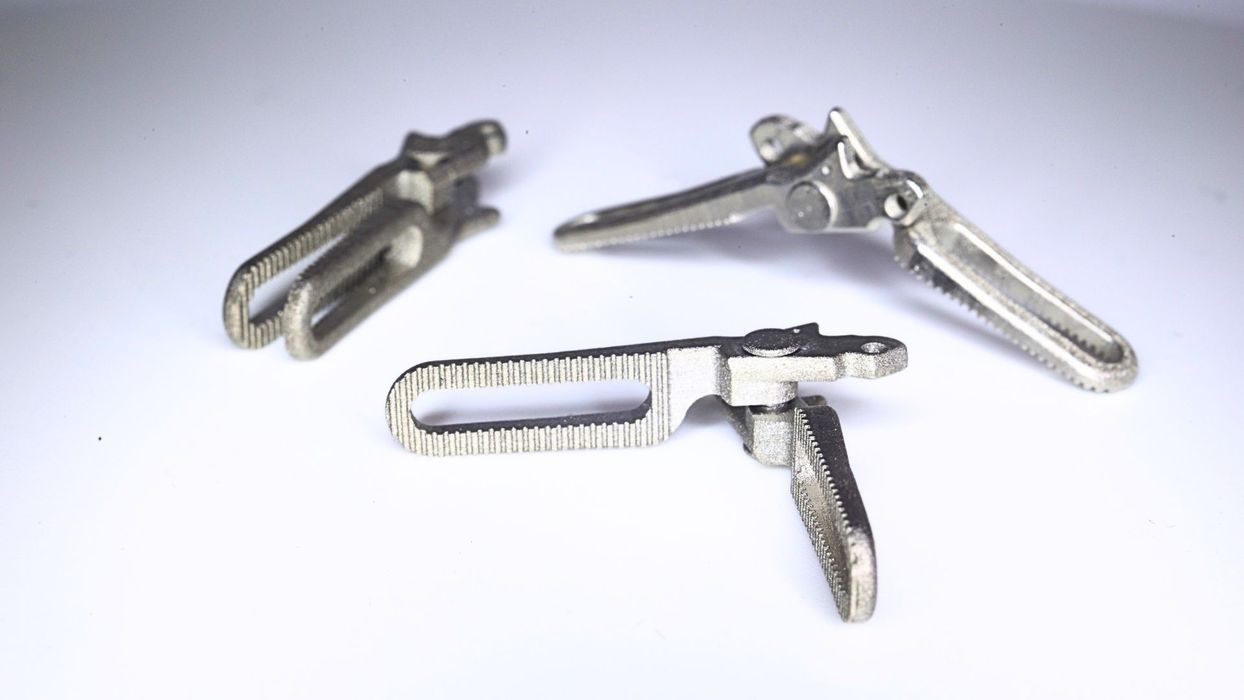
XJET introduced a powerful new material for their metal 3D printers: stainless steel 17-4PH.
The company initially launched their unique nano particle jetting system (NPJ) with ceramic materials some years ago, although NPJ theoretically allows use of a wide range of possible materials.
Having succeeded with ceramic materials, the company then enabled metal 3D printing with the introduction of stainless steel 316L material. Now they’ve added to this with a new stainless steel variant, 17-4PH.
Two types of stainless steel might not seem notable at first, but when you look at the material properties you’ll understand where XJET is headed.
316L steel is highly resistant to corrosive materials, and is not particularly hard. Meanwhile, 17-4PH is a much harder material, and offers substantially greater tensile strength. However, 17-4PH isn’t quite as resistant to corrosive exposure.
The result here is that 17-4PH should unlock a wide variety of metal 3D print applications in new industries that could not use 316L material.

The much higher strength of 17-4PH should enable the production of 3D printed parts that can be used in highly stressful mechanical applications. Example industries might include aerospace, nuclear, oil & gas, and petrochemical processing.
There’s something else here: NPJ is an unusual 3D printing process as it doesn’t require substantial post processing. Printing an object in NPJ usually requires only three steps: print, wash and sinter. The washing step quickly removes support material, which in typical LPBF machines requires considerable effort to chop off metal support structures. In NPJ there is no such need.
This implies that NPJ can be used to produce highly intricate objects with small internal channels because the support structures inside the cavities would simply wash out. This is the ideal situation for many of the industries above, where highly complex parts require cooling or other functional cavities.
One can now imagine items like advanced rocket engine parts being produced using NPJ and 17-4PH, for example.
It would also be possible to produce casting molds with this hard material, and include embedded cooling channels to speed up injection molding.
I’m thinking that 17-4PH could very quickly result in quite a few new customers for XJET that otherwise could not make use of NPJ.
Via XJET
